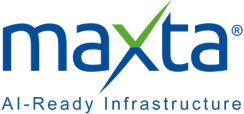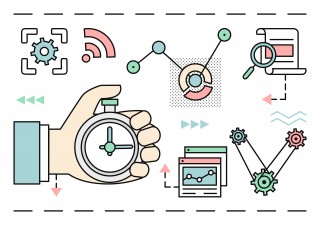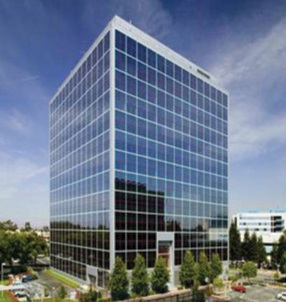What are the main differences between appliance-based and software-only HCI solutions?
In the last couple of years, hyperconvergence has made great inroads into the data center, replacing traditional storage arrays and SANs as well as running mission-critical workloads.
Today, hyperconverged solutions are predominantly being procured and deployed in two forms:
• Hyperconverged infrastructure (HCI) appliances: a pre-integrated hardware and software bundle delivered as a branded appliance by a single vendor. Appliance vendors include Dell EMC, Nutanix and HPE (SimpliVity.)
• Software-only solutions: Software that enables customers to deploy HCI on BYOT (Bring Your Own Technology.) Software vendors include Maxta and VMware (vSAN.)
Although appliance-based HCI solutions have been the more widely accepted deployment model, we’re now seeing a rapid transition to software-only solutions. To understand why the market is transitioning to software-only, let’s examine the main differences between the two models:
Flexibility
With appliance-based HCI solutions, customers have to purchase a pre-built black box, significantly limiting their choice and potential cost savings. Appliances also limit the selection of compute and storage resources. For example, you can buy models with a fixed storage capacity such as four, 12 or 24 terabytes, with specific CPU and memory configurations positioned as low, medium or high performance. Appliance-based HCI prevents customers from leveraging their existing server assets and forces them to do a forklift upgrade to HCI. It also fails to leverage the years of user experience managing the servers and any associated business processes.
With a software-only approach, customers are able to take advantage of their preferred server platform while also getting the benefits of HCI. This BYOT model delivers the benefits of server vendors’ stringent hardware break-fix SLAs, helps take advantage of server management tools and provides investment protection.
Cost
Appliance-based HCI solutions have a much higher purchase price than software-only solutions both at the time of initial acquisition and at the time of refresh. Appliance-based HCI vendors charge a premium for their hardware compared to server vendors. During an appliance refresh, customers have to pay again for both hardware and software, significantly increasing the TCO over a period of five years or more. Due to this higher cost, customers are less likely to upgrade their appliances frequently, impacting the adoption of newer technologies (e.g. CPUs, SSDs, DIMMs, etc.) and thus impacting VM consolidation.
With a Maxta solution, the perpetual software license is transferable at no cost to other servers, thereby significantly minimizing the costs of a refresh. Customers only pay for their hardware – not software. This makes refresh cycles more affordable and potentially more frequent, leveraging new technologies and reaping those related savings sooner.
There are other factors that also contribute to higher costs when using appliances, such as the inability to scale-up compute and storage resources on demand. Appliance-based HCI solutions do not provide the ability to scale-up storage capacity. If you need an additional five terabytes of storage, you have to purchase a new node. Similarly, if you just need to add compute resources, you have to purchase a new node with both compute and storage resources. This model significantly increases overall cost.
Maxta software-only HCI solutions provide the ability to scale compute and storage resources independently. Customers have the flexibility to:
• Add new drives to existing empty drive slots
• Replace lower capacity drives with higher capacity drives
Customers can also choose to just scale their compute resources by adding to the HCI cluster a compute-only node with no local storage. With these unique Maxta capabilities, the traditional hyperconvergence model of always scaling out by adding one node at a time can be eliminated.
SLAs for Break-Fix
The typical FUD that is propagated by appliance vendors is that with a software-only HCI solution there is no single throat to choke and support cases get bounced around like a ping-pong ball.
To understand this better, let’s break it down into two parts: hardware issues and software issues.
When it comes to hardware break-fix issues, server vendors provide a very stringent SLA and their support service is available around the globe. Server vendors have a very wide network of service providers and spare parts depot centers, allowing them to provide replacement parts in as little as two hours from the time an issue is reported. Some appliance vendors would be hard-pressed to match this, which can compromise user SLAs.
When it comes to software issues, appliance-based HCI solutions provide a single number to call, but they still have to work with every other vendor in the ecosystem to resolve the issue. For example, an appliance-based HCI vendor cannot fix a bug with the storage controller firmware. They must work with the ecosystem partner to resolve the problem for their customer.
In this respect, software-only solutions such as Maxta are no different. For example, we also provide a single number to call for any support issues. Additionally, we belong to a global support consortium (TSANet) that enables collaboration and multi-vendor support with stringent SLAs. All major vendors within the HCI ecosystem (e.g. hypervisor, server, HBA, etc.) are members of TSANet. In the event of any issue, customers can call us first and we will proactively work with other ecosystem vendors to resolve the problem.
In summary, software-only HCI solutions can provide significant additional value compared to appliance-based HCI solutions, particularly when it comes to flexibility, cost savings, and adherence to strict SLAs.


 Maxta Introduces VMware Escape Pod
Maxta Introduces VMware Escape Pod


